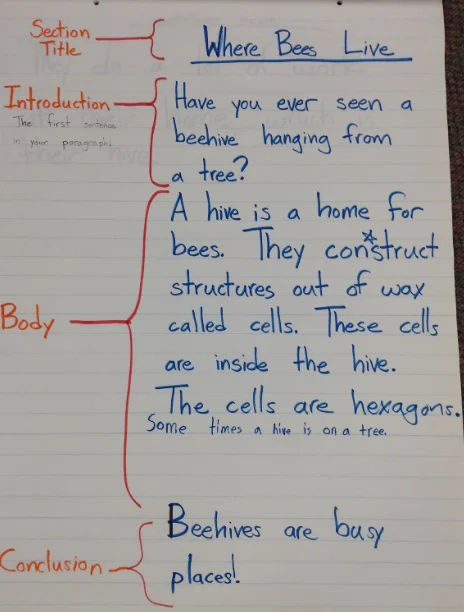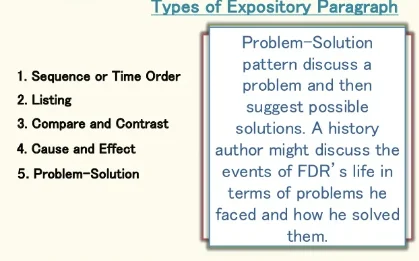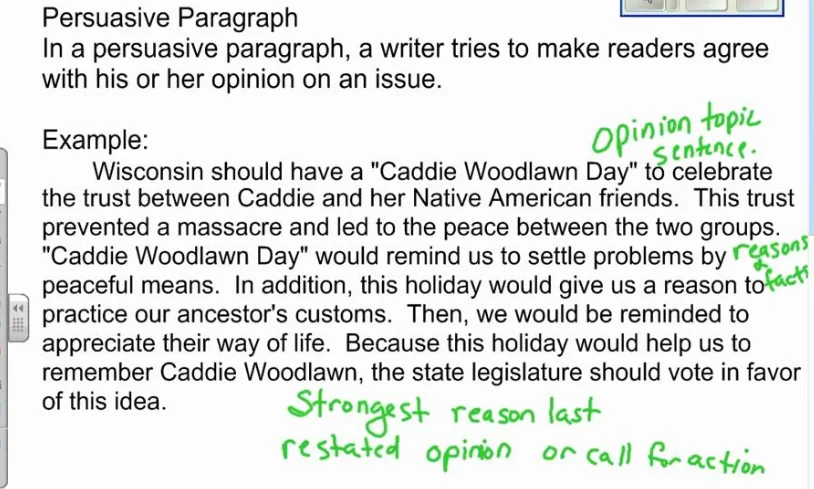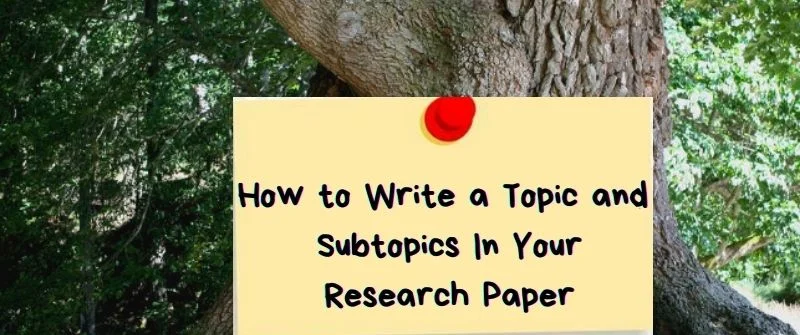Types of Paragraphs in Essay or Academic Writing: With Examples

Essays and academic writing involve different types of paragraphs. Each type of paragraph has its different characteristics that make it different from another. Paragraphs are usually defined by the content they present and the structure they are in.
What is a Paragraph
A paragraph is a must-have part of any essay and academic writing. It includes several sentences that are grouped to explain ideas or points in the writing.

The sentences should be explaining the same idea for the paragraph to make sense. Most essays and academic writings are long hence increasing the reason why they should be grouped into paragraphs.
Also Read: Honors College Essay: Tips, Prompt Examples, and How to Write
Types of Paragraphs in an Essay
The main types of paragraphs used in essays include descriptive, expository, narrative, persuasive, and literary paragraphs.
Below is the description of these paragraphs and detailed explanations on how to write each.
Descriptive Paragraphs
As the name suggests, descriptive paragraphs enable the reader to describe something to the audience. The writer usually aims to make the reader experience something even though they are not doing so in reality.
For example, the reader cannot see what the writer has written about but knows how it looks, he cannot feel the texture but knows whether what the writer describes is smooth or rough.
How to Write Descriptive Paragraphs
First of all, descriptive paragraphs must use a language that the reader understands. The main aim is to paint a picture of the item in the reader’s mind, something that heavy vocabulary will not help achieve.
Secondly, the subject of the description should be on the topic sentence in the paragraph. More relevant information about the topic should then follow up as the support sentences. To help enrich the experience of the reader, descriptive essays must be written using modifiers such as adjectives, prepositional phrases, adverbs, and transitional phrases.
Figurative language such as the use of similes and metaphors is also recommended.
Expository Paragraphs
These are paragraphs that contain explanations about different things. Their main aim is to make the reader understand something.
The writer has to explain something specific to the audience. Therefore, the information used must be specific because it must explain the contents in particular.
If the information used is not specific the reader will not fully comprehend what the writer wants to explain. Expository paragraphs can include listing the types of something or explaining a process
How to Write Expository Paragraphs
The topic sentence of an expository paragraph should always introduce the topic. If you are listing types or describing a process the supplementary sentences will do that.
The supplementary sentences should present specific details about a process or categories that you are writing about.
The closing sentence should wrap up everything you have written in the paragraph. It can include the valuable purpose of what has been written in the paragraph.

To help the reader follow up on a process or understand the types of something, expository paragraphs should include examples and illustrations to support points. The language used must be clear and direct.
Transitional words such as eventually, additionally, next, and finally can be used to give the text more meaning and ensure that the reader can flow through the content easily
Narrative Paragraphs
These are paragraphs that tell stories. The story can either be a personal experience or an occurrence that can be natural, historical, or a recent event. Now that these paragraphs must be short, the stories told are not in detail compared to short stories and novel books. They can be referred to as brief vignettes.
The stories must have a beginning, middle, and end but it is not always a requirement that they follow a chronological order. These paragraphs are building blocks that writers need to tell a story.
Narrative paragraphs are not different from other short stories because they can portray a moral lesson, follow a plot, include a conflict that is resolved, and written in a point of view that is easily identifiable.
Also Read: Thesis Defense Steps: Full Guide How to Prepare and Present
How to Write Narrative Paragraphs
As usual, a narrative paragraph should start with a topic sentence. The topic sentence should state the specific experience or the feeling towards it.
The middle part of the paragraph should contain body sentences that tell what happened in time and order. Also, they can include conversations between characters and details about a setting.
After the body sentences, it is time to conclude the paragraph with the ending sentence. To end the narrative paragraph you can choose to share your feelings about the story, tell the readers what you learned, or just show how the story ends.
Persuasive paragraphs
These are paragraphs written with the main aim of making effective arguments. They must be written as if the writer is trying to convince the reader about something. Therefore, most of them involve controversial topics that people are very divided about.

Also, these paragraphs can include proposals that the writer wants to recommend for new projects. The intent when writing a persuasive essay is always to get a reaction.
They are almost as similar to expository essays because the writer must explain the subject. However, rhetorical devices must be used to help sway the opinion of the reader.
How to Write a Persuasive Paragraph
Just like other paragraphs, persuasive essays consist of topic sentences, body sentences, and closing sentences. The topic sentence should state the controversial opinion clearly so that the reader can grasp it fully.
The body sentences should support that opinion. Here rhetorical questions can be used to influence the opinion of a reader and emotionally charged phrases can be used to prove reactions.
Support sentences should be clear and concise. Transitional words such as firstly, secondly, and lastly should be used to make the reader notice all the support reasons provided.
Since persuasive paragraphs are not long, the best and strongest support reasons should be given priority. The closing sentence should be used to reinstate the opinion to make the reader notice the emphasis.
When writing these paragraphs, the audience must be put in mind. The voice and the tone used in writing should also be appealing to the target audience.
Literary Paragraphs
Literary paragraphs are all about literature. They belong to a genre known as “literary criticism” which does not imply finding any faults in literature but an analytical examination of literature work.
These paragraphs discuss a question about literature in a formal way and develop an argument about it.
Some of the questions that are asked about literature can include; “What is the theme of the story,” “What influence did the main character actions have on the story”, and “character change description from one character to another.”
Any references to real life are not included in literary paragraphs.
Also Read: How Students Cheat on Google Forms: And How Teachers Prevent
How to write literary paragraphs
Formal language must be used to write literary paragraphs in the present tense.
Also, evidence in the form of quotations from the literature must be used. The first sentence is the thesis statement of the paragraph which should include the title of the work and the author’s name.
The sentences that then follow develop ideas using the evidence obtained from the literature and discuss it to show how it relates to the thesis. The more points to support your main idea the better. The last sentence should be the conclusion and it must sum up the thesis and evidence provided. The writer must always choose a specific aspect of a text so that they can refer back to the literature to examine it.

Jessica Kasen is experienced in academic writing and academic assistance. She is well versed in academia and has a master’s degree in education. Kasen consults with us in helping students improve their grades. She also oversights the quality of work done by our writers.




